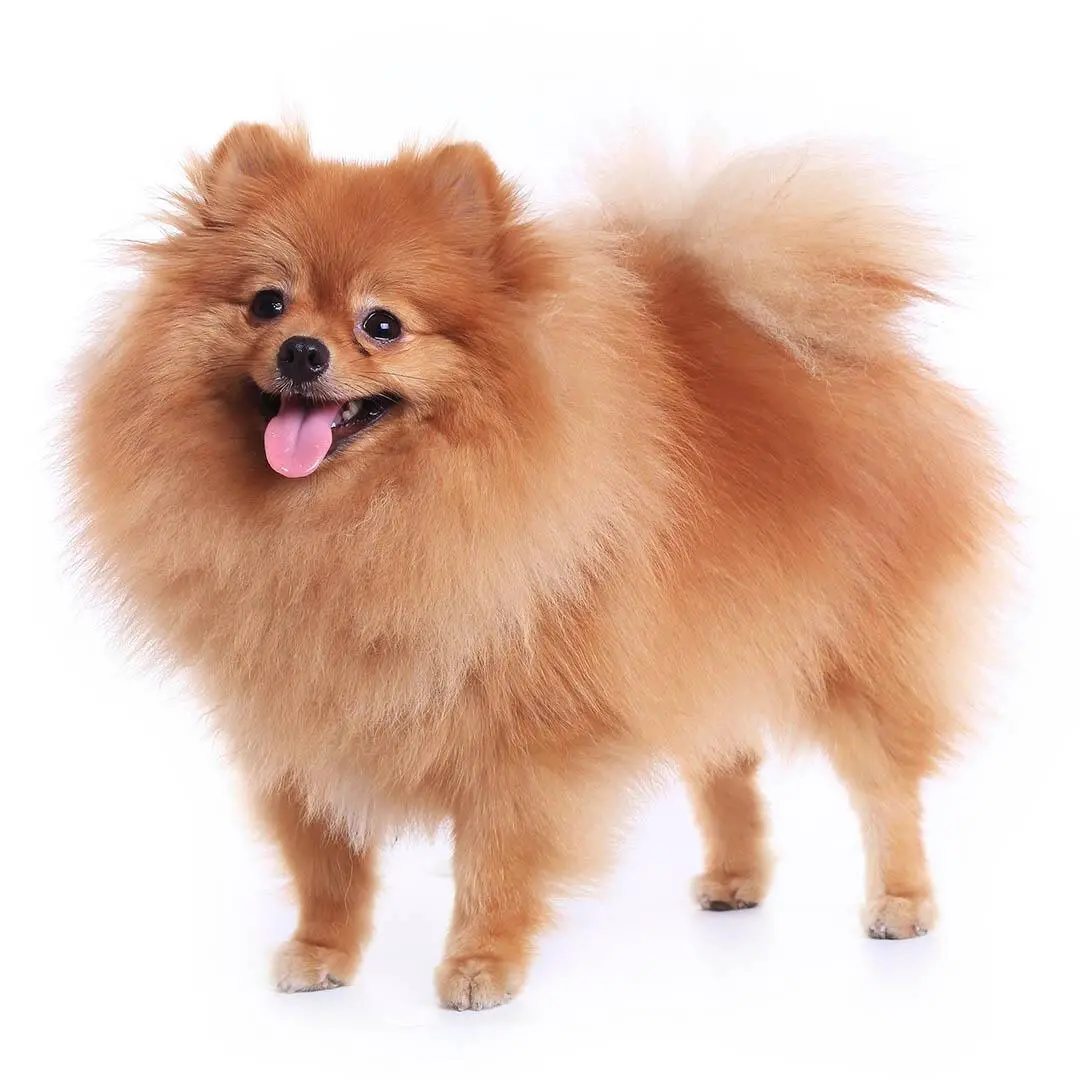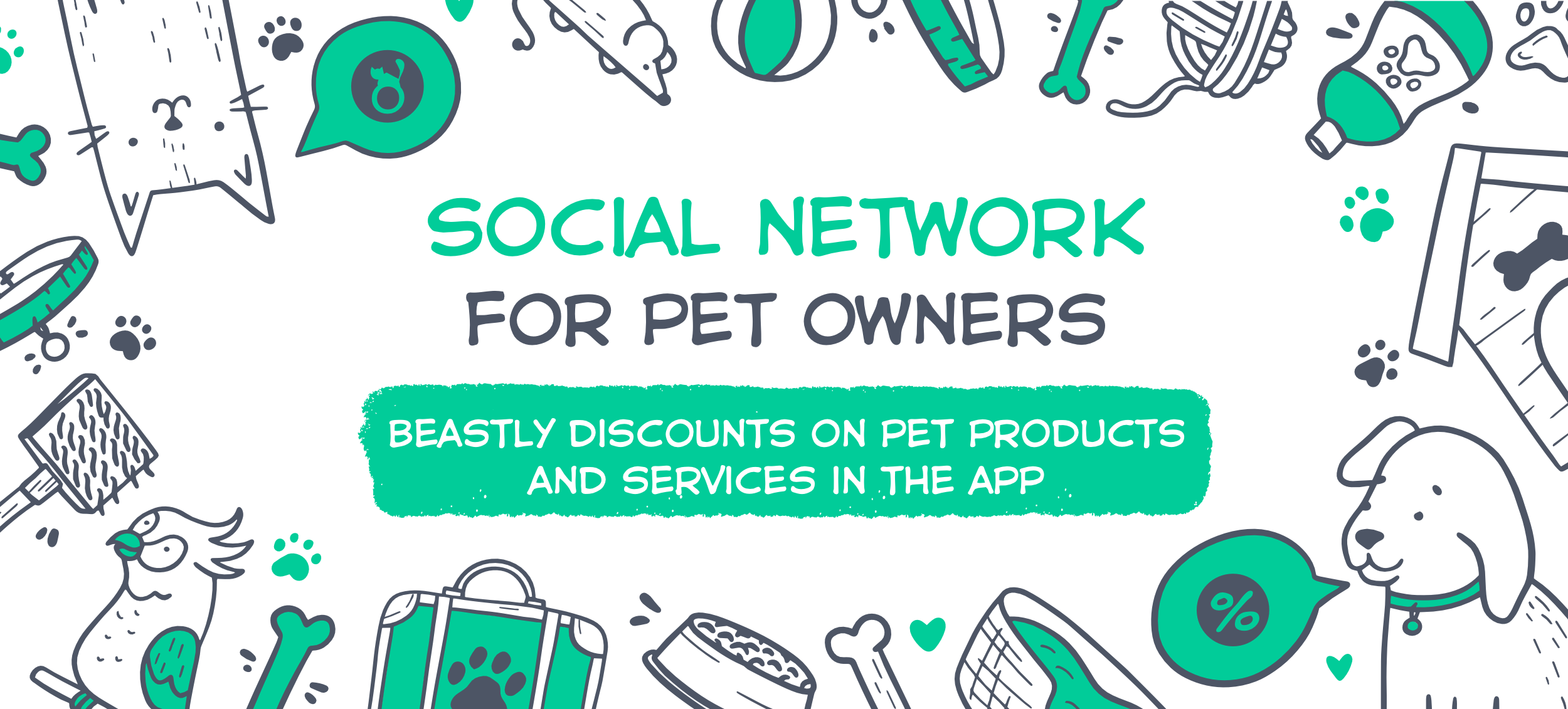
Pomeranian
Pomeranians are small, fluffy dogs known for their lively personalities and bold, confident demeanor.
Extended Description
Pomeranians are small, toy-sized dogs originally bred in the Pomerania region of Germany and Poland. They are known for their fluffy coats, fox-like faces, and lively personalities. Pomeranians are intelligent, alert, and make excellent companions for individuals or families who appreciate their bold and confident nature.
Interesting Facts
Pomeranians were originally much larger, used as sled dogs, but were bred down in size over the centuries. They were a favorite of Queen Victoria, who had a particular fondness for the breed.
Care Recommendations
Pomeranians require regular grooming to keep their double coat in good condition, including daily brushing to prevent matting. They are also prone to dental issues, so regular dental care is important.
Temperament
Pomeranians are confident, lively, and affectionate. They are great with children and other pets, though their small size means they should be handled with care. Early socialization and consistent training are important toensure they are well-mannered and confident in various environments.
Health Issues
Common health issues in Pomeranians include dental problems, tracheal collapse, and luxating patellas. Regular vet check-ups, a balanced diet, and proper grooming are essential for their overall well-being.
Living Conditions
Pomeranians are adaptable and can thrive in both apartments and houses, provided they receive enough attention and exercise. Their small size makes them well-suited to indoor living, but they still enjoy outdoor playtime.
Training Tips
Training should be consistent and positive, using rewards to reinforce good behavior. Pomeranians are intelligent and eager to learn, though they can be a bit stubborn at times. Early training and socialization are important to manage their bold personalities.
Exercise Needs
Pomeranians need regular exercise to stay healthy and happy. They enjoy short walks, playtime, and activities that engage their minds, such as puzzle toys or basic obedience training.
Return to Other Breeds



